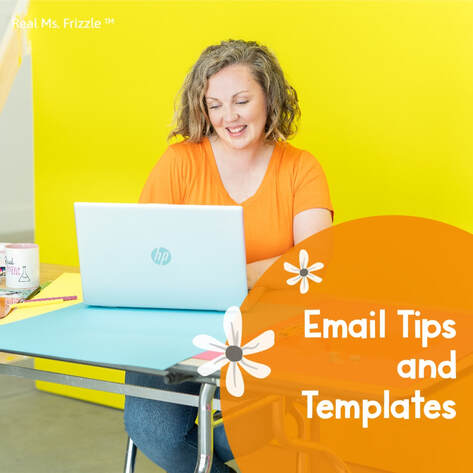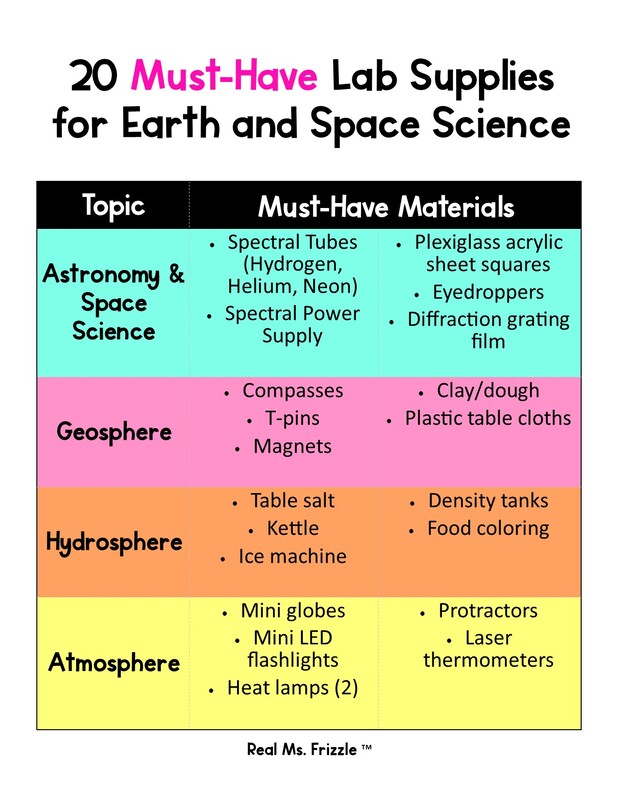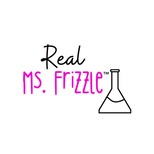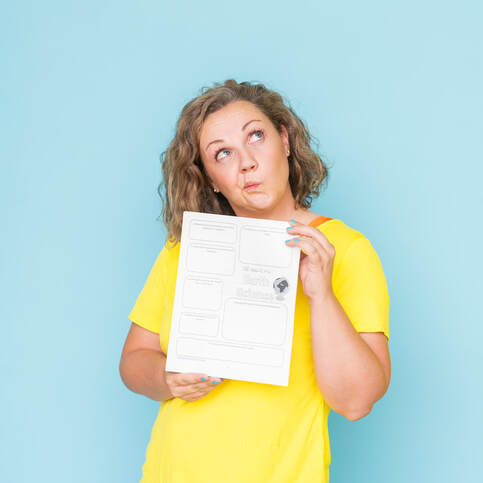|
A Driving Question Board (DQB) is a visual tool that can be used in a science classroom to prompt student inquiry related to a specific topic or unit. Never used a DQB before? Here are the steps to use a DQB in a science classroom:
0 Comments
Emailing and calling parents is something you should do as often as possible. It can be scary, intimidating, and emotionally exhausting just thinking about what you are going to say. I had so many great friends help me during my first few years. One of the best gifts I was ever given was a template from my friend Amy. She will forever be a gift to my teaching career! Now I want to share some of my own templates with you. But first a few tips:
Conversation Starters for Phone Calls:
Email Templates:When you need parent support Hello, I am (your name), your child's science teacher here at (school name). We've had a great school (term/week/year) so far. It's been wonderful to get to know (student's name) and see (a positive trait you've noticed). Today I noticed something and wanted to check in with you to ask if this sounds normal for (student's name). In class today (describe a specific behavior that was inappropriate). It seemed unusual for (student's name) and I wondered if (he/she) is (doing OK/under stress/feeling well)? Will you talk with (him/her) tonight and let me know if there is anything I can do to help so that this doesn't become a regular habit for (student's name)? Thank you, (Your signature) When a student has had a great day! Hi (Family Name),
This is (your name). I'm (student)'s teacher this year. I just wanted to send a quick note to let you know about (an achievement you've noticed). As his/her teacher I really appreciate (student) for making my job enjoyable. I also appreciate the support I receive from great parents like you. Thank you, (Your Signature) The unfortunate thing about teaching is that you rarely have control over your own teaching schedule. If you've been a science teacher more than two years you have likely been thrown into a new curriculum. My own experience was to graduate in Biology with a teaching degree, only to accept a job in integrated science (a mix of physics, chemistry, biology, and earth science). Not only did I not understand some of the Earth Science topics that I was about to teach, but I had ZERO idea about what materials would help me. It is not uncommon for biology teachers to pick up a chemistry class period, or for a physics teacher to be asked to take on an astronomy elective. Let me share with you my 20 MUST-HAVE lab materials for a successful Earth Science year. This is not an all-inclusive list, and it is not a list of free materials. These are the materials that helped illustrate the most difficult topics of the curriculum. At the time of this blog publication all of these materials will cost about $600. But you'll be surprised which of these materials you already have in your storage room! Stay tuned for specific information about how I used these materials for my Earth Science lessons. This list will cover labs about:
Check back for updates and links to these ideas. The first day of school is KEY to building relationships and engaging students in your content. It took me a long time to figure out the balance between these two things. Over the years I found that the majority of my junior high school students (age 12-15) were incredibly anxious those first few days. We tried a variety of get-to-know-you games that required students to move around the room, but the conversations were brief, forced, and awkward. So what to do? I wanted students to get engaged in our Earth Science curriculum and I desperately wanted to get to know each student. Other teachers had shared "All About Me" worksheets related to their content areas, so I thought I'd try one too!
In the past, this worksheet is historically only available in my Earth Science Full Curriculum Bundle, but you can grab it for free when you head to the link below: |
AuthorI love teaching Earth and Space Science, and I love helping other teachers do the same Archives
February 2023
Categories |





 RSS Feed
RSS Feed